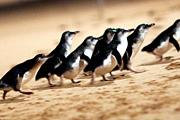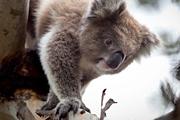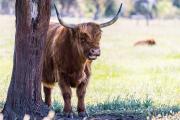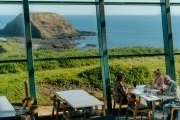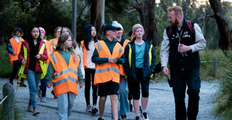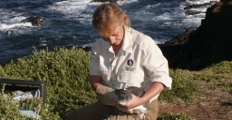Collaboration key for the survival of Phillip Island’s threatened species
Phillip Island Nature Parks conservation efforts are paying dividends, with a new report showing the protection and survival of threatened species going from strength to strength. The 2023 Threatened Species Report, launched today, celebrates the collaborative efforts between the Nature Parks, the community and expert researchers in successfully achieving outstanding results for threatened flora and fauna on Millowl (Phillip Island) and for Victoria. Phillip Island Nature Parks General Manger, Conservation, Jessica McKelson said the report showcased the dedicated results of the past year, and how working in collaboration with stakeholders and partners can make a real difference. “In the past year, Phillip Island Nature Parks has continued to build on its successes and strengthen the threatened species programs within our island haven,” Ms McKelson said. “Combining our expertise with that of our partners is allowing us to monitor and better understand the behaviour of threatened species so we can take decisive steps towards their recovery.” Highlights include the signing a Memorandum Of Understanding with Odonata for the recovery of bush stone-curlew in south-eastern Victoria; and the ongoing growth in numbers of Eastern barred bandicoots since their initial release on Phillip Island seven years ago. The annual Sharing our Shores campaign, which has now been running for two years, has been elevated to new heights – creating a strengthened platform to raise awareness about better protecting nesting shorebirds, seals and other wildlife. The Nature Parks also welcomed the Bass Coast Shire Council cat curfew laws, which came into effect in July, with hopes the changes would further curb the number of wandering domestic cats and, hence, feral cats on the island.
Ms McKelson said expert researchers, the community and the dedicated band of Nature Parks volunteers had been instrumental in taking stewardship of threatened species programs.
“Passionate volunteers and students play a pivotal role, investing many hours in our programs,” she said.
“Our achievements would not be possible without the collaborative partnerships, expert minds and huge commitment provided by volunteers that integrate positively with our conservation goals and deliver benefits to both the environment and nature-lovers from all over the globe.”





